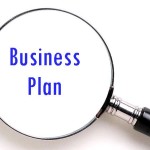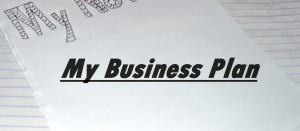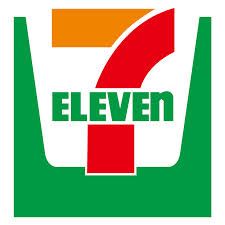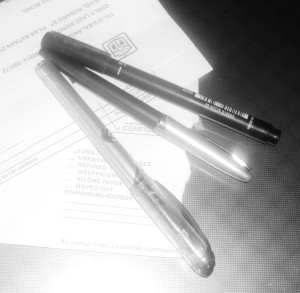Some entrepreneurs overlook the first step of the project cycle which is conducting a feasibility study. Knowing the importance of feasibility study can save companies time, investment, effort and embarrassment. The purpose of conducting a feasibility study is to determine the long term viability of the business.
 The first step is to examine the market. Examining the market involves a thorough analysis of the competitive landscape for the product or services to be offered. Some entrepreneurs often assume that their product or services to be offered are no competition but in reality they have to viewed customer that allocates time, money, resources as a competition.
The first step is to examine the market. Examining the market involves a thorough analysis of the competitive landscape for the product or services to be offered. Some entrepreneurs often assume that their product or services to be offered are no competition but in reality they have to viewed customer that allocates time, money, resources as a competition.
Knowing and understanding the needs of the marketplace is not guarantee that you meet customer’s expectation and not mean that you will have a successful business venture. You should analyze the need of technology requirements including the resources to be used.
Another thing to be considered is the business strategy to reach the market as well as the business model. Business model analyze the value proposition, competitive strategy and revenue generation. You should have a scenario planning to guarantee the long term success. You should know whether business model will offers enough profit potential.
At last you should determine the financial projections, operating requirements, recommendation and findings.



